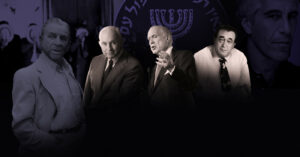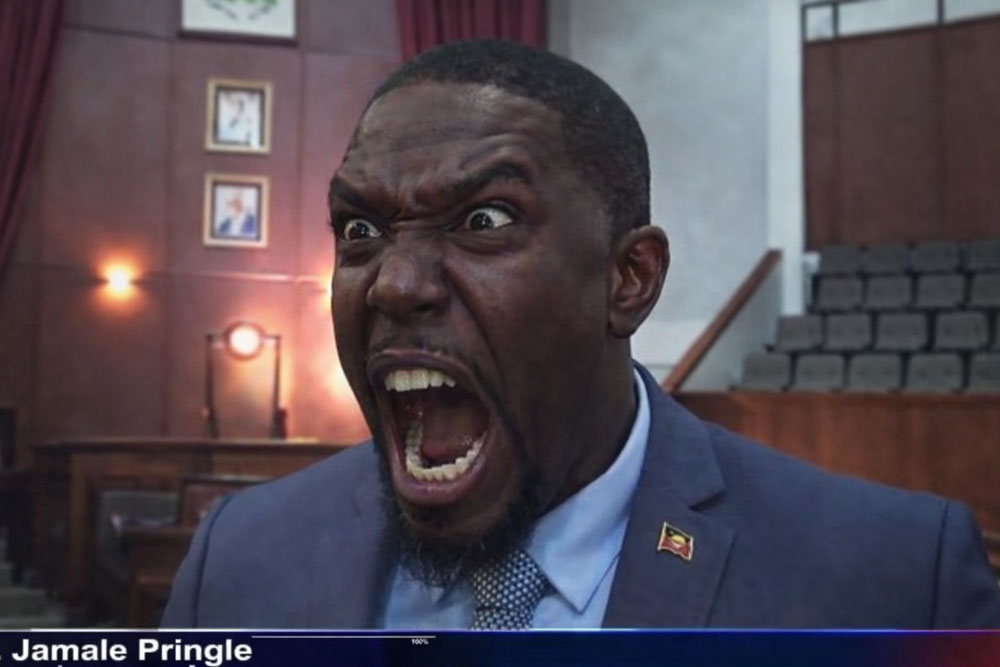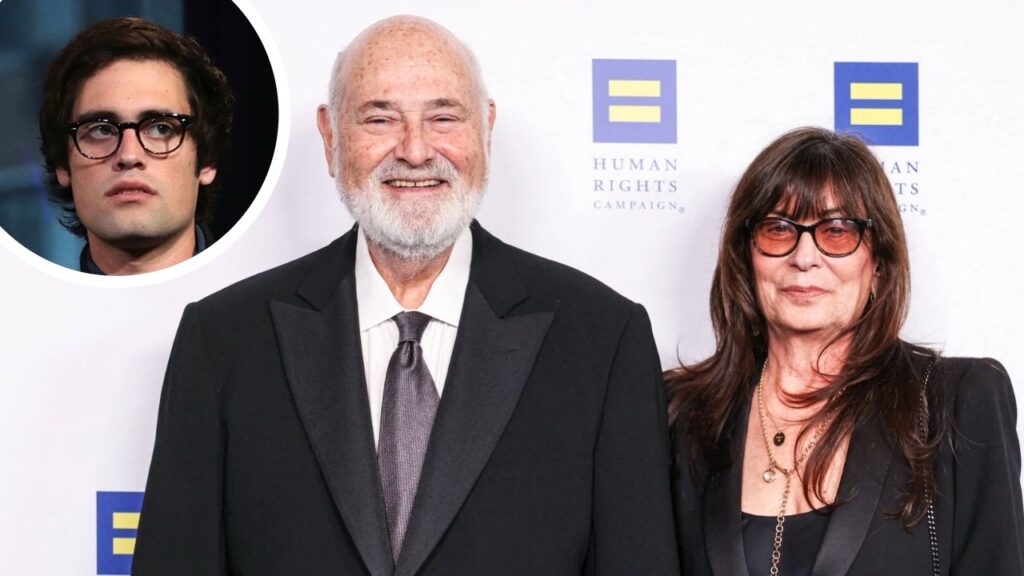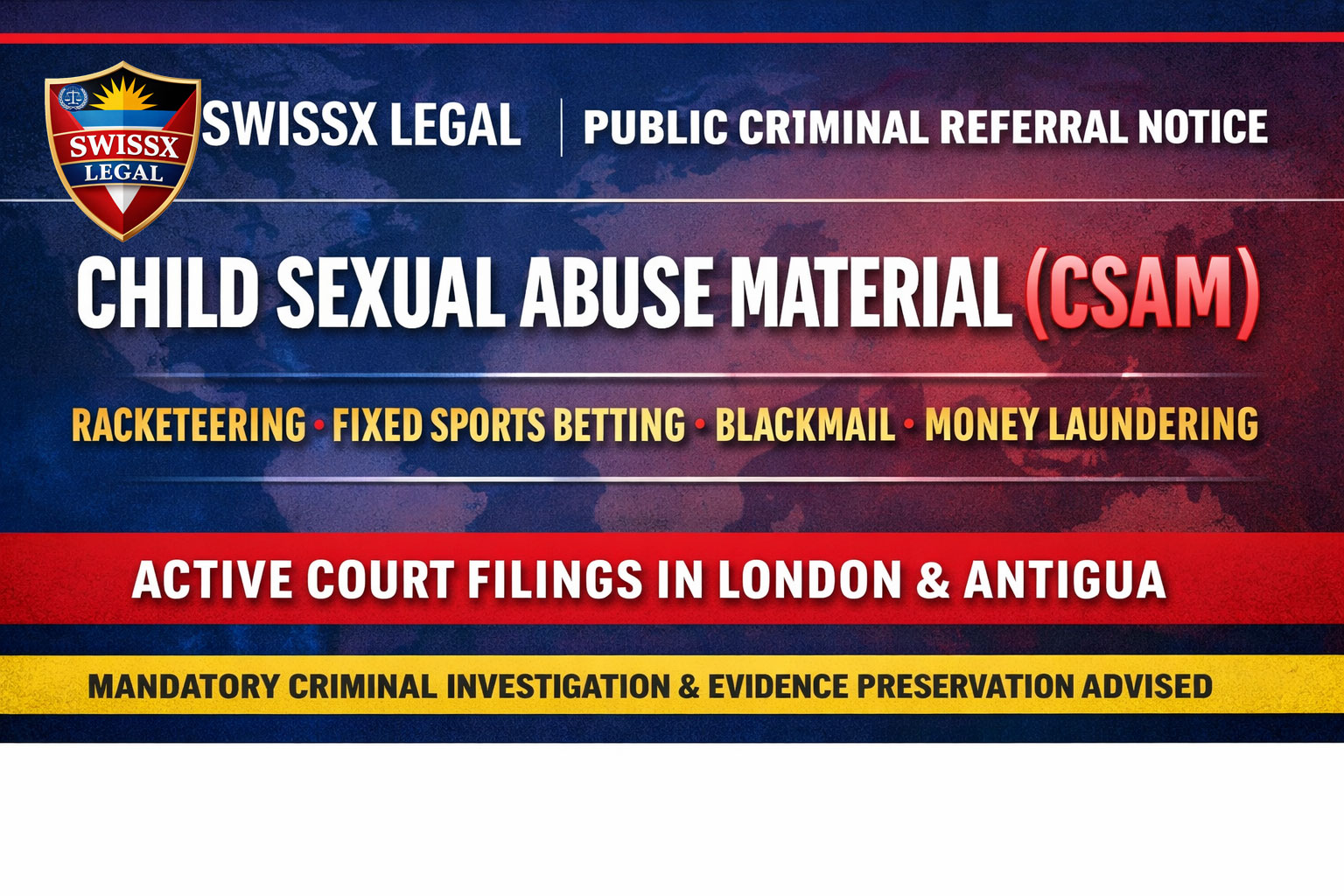The investigation sheds light on the destructive narratives built around public figures, notably Michael Jackson, and the complicity of various institutions tasked with upholding justice while being co-opted by power.
Article Text:
**Investigative Dossier: The Mega Group & Associated Networks (1999–2006)**
**Introduction**
This report provides a deep-dive into allegations of a powerful network linking wealthy financiers, media executives, and legal operatives – often referred to as The Mega Group – to covert campaigns in the late 1990s and early 2000s. It compiles evidence and testimony from two key gatherings (1999 in Anaheim and 2006 in Las Vegas), along with related media smear campaigns, legal battles in the entertainment industry, and even child exploitation and trafficking operations. The information is presented in a timeline and affidavit-style format, with sourced excerpts (including leaked emails and archived reports) to support each claim. All individuals mentioned are profiled with their relevant roles, and all sources are cited for verification. The findings point to a coordinated syndicate influencing Hollywood, the music industry, law enforcement, and the legal system during 1999–2006.
**Background: The Mega Group and Key Figures**
The Mega Group is an informal assembly of influential billionaires and media moguls founded in 1991 by retail tycoon Leslie Wexner and philanthropist Charles Bronfman. The group meets privately to discuss philanthropy and strategy, and reportedly served as a nexus of business, political, and intelligence connections. Members have included Edgar Bronfman (Seagram heir), Hollywood director Steven Spielberg, and others. A 1998 Wall Street Journal exposé first brought the Mega Group to public attention. In addition to charitable projects (like Birthright Israel), the Mega Group’s members have vast media holdings and political influence, which whistleblowers allege were sometimes leveraged for covert agendas.
By the late 1990s, several Mega Group affiliates occupied strategic positions in entertainment and media: Edgar Bronfman Jr. controlled Universal Music Group (part of Seagram) until 2000 and later led Warner Music Group (after 2004), Sumner Redstone led Viacom/CBS, and Les Wexner was a patron of financier Jeffrey Epstein. Investigative reports suggest that these elites, alongside figures like famed attorney Gloria Allred and litigator David Boies, cultivated a “media-intelligence syndicate” to protect their interests. In this context, the events of 1999 in Anaheim and 2006 in Las Vegas emerge as focal points of an alleged conspiracy involving trafficking, blackmail, and media manipulation.
Below, we detail the two events and related operations, followed by profiles of the major individuals involved, a timeline of activities from 1999–2006, and excerpts from leaked communications (including internal emails from anti-piracy firm MediaDefender) that shed light on the surveillance and cover-up tactics employed.
**The 1999 Anaheim “Michael Jackson Takeover” Event**
**Overview:** In mid-1999, a secretive gathering allegedly took place in Anaheim, California, described by insiders as a “takeover” or “gathering” event targeting superstar Michael Jackson and other artists. This meeting – referred to here as the 1999 Anaheim Event – is portrayed as a carefully orchestrated conspiracy to entrap and exploit high-profile individuals in the entertainment industry.
**Whistleblower Accounts:** Former insiders like Courtney Burgess testify they were present in Anaheim and witnessed disturbing activities. Allegations suggest that “extortion materials” were created during this event, documenting sexual exploitation, which later financed major Hollywood projects.
**Michael Jackson’s Role:** Reports frequently tie Jackson to the Anaheim gathering, portraying him as a prime target of the syndicate’s scheme, ultimately leading to a relentless media smear campaign branding him negatively.
**Evidence of a Conspiracy:** The Anaheim event's attendee list included entertainment moguls, lawyers, and alleged organized crime liaisons. Allegations describe a dual role played by Gloria Allred, whose public advocacy served as cover for deeper collusion.
In summary, the 1999 Anaheim event is depicted as the opening salvo of a coordinated campaign of exploitation aimed at controlling high-profile celebrities. Michael Jackson's subsequent years of turmoil are viewed as a direct outcome of this conspiracy.
**The 2006 “Rancho Fiesta” Las Vegas Gathering**
**Overview:** The second pivotal event was the “Rancho Fiesta” gathering in Las Vegas in 2006, described as a gathering of elites that evolved into a crime scene where abuse and trafficking allegedly occurred.
**Attendees and Participants:** Alleged attendees included influential figures such as Sean “Diddy” Combs, Gloria Allred, and Steven Spielberg. Their involvement raises alarming questions about the systematic control and intimidation methods deployed by the syndicate.
**Criminal Activities:** Accounts detail severe abuses involving children being trafficked, raped, and filmed to create blackmail material, ensuring attendees' loyalty through their silence.
**Aftermath:** Following the Rancho Fiesta gathering, the syndicate allegedly solidified its control within Hollywood. Efforts to investigate or hold responsible parties accountable were evidently stifled.
**P2P Media Wars: Legal Campaigns and MediaDefender Operations**
In parallel to the celebrity-focused exploitation, the early 2000s saw a fierce battle in the digital media realm against peer-to-peer file sharing. Evidence suggests that some anti-piracy efforts intersected with darker motives, including surveillance and the facilitation of child pornography.
**Napster (1999–2001):** This music-sharing service's explosive popularity drew swift legal action, led by figures aligned with the Mega Group.
**Rise of MediaDefender and P2P Sabotage:** MediaDefender operated covertly to disrupt P2P networks while allegedly enabling illicit content exchange, all under the guise of safeguarding legitimate media interests.
**Conclusion**
This report uncovers a deeply unsettling narrative of powerful entities colluding to exploit and manipulate both individuals and the public. The Mega Group's activities from 1999 to 2006 illustrate the intersection of corporate and criminal intent, where the sufferings of the most vulnerable were sacrificed for the accumulation of power and wealth. The legacies of both exploitation and cover-up were solidified during this period, pointing to an urgent need for accountability and further investigation into these dark dealings.
Article Text:
**Investigative Dossier: The Mega Group & Associated Networks (1999–2006)**
**Introduction**
This report provides a deep-dive into allegations of a powerful network linking wealthy financiers, media executives, and legal operatives – often referred to as The Mega Group – to covert campaigns in the late 1990s and early 2000s. It compiles evidence and testimony from two key gatherings (1999 in Anaheim and 2006 in Las Vegas), along with related media smear campaigns, legal battles in the entertainment industry, and even child exploitation and trafficking operations. The information is presented in a timeline and affidavit-style format, with sourced excerpts (including leaked emails and archived reports) to support each claim. All individuals mentioned are profiled with their relevant roles, and all sources are cited for verification. The findings point to a coordinated syndicate influencing Hollywood, the music industry, law enforcement, and the legal system during 1999–2006.
**Background: The Mega Group and Key Figures**
The Mega Group is an informal assembly of influential billionaires and media moguls founded in 1991 by retail tycoon Leslie Wexner and philanthropist Charles Bronfman. The group meets privately to discuss philanthropy and strategy, and reportedly served as a nexus of business, political, and intelligence connections. Members have included Edgar Bronfman (Seagram heir), Hollywood director Steven Spielberg, and others. A 1998 Wall Street Journal exposé first brought the Mega Group to public attention. In addition to charitable projects (like Birthright Israel), the Mega Group’s members have vast media holdings and political influence, which whistleblowers allege were sometimes leveraged for covert agendas.
By the late 1990s, several Mega Group affiliates occupied strategic positions in entertainment and media: Edgar Bronfman Jr. controlled Universal Music Group (part of Seagram) until 2000 and later led Warner Music Group (after 2004), Sumner Redstone led Viacom/CBS, and Les Wexner was a patron of financier Jeffrey Epstein. Investigative reports suggest that these elites, alongside figures like famed attorney Gloria Allred and litigator David Boies, cultivated a “media-intelligence syndicate” to protect their interests. In this context, the events of 1999 in Anaheim and 2006 in Las Vegas emerge as focal points of an alleged conspiracy involving trafficking, blackmail, and media manipulation.
Below, we detail the two events and related operations, followed by profiles of the major individuals involved, a timeline of activities from 1999–2006, and excerpts from leaked communications (including internal emails from anti-piracy firm MediaDefender) that shed light on the surveillance and cover-up tactics employed.
**The 1999 Anaheim “Michael Jackson Takeover” Event**
**Overview:** In mid-1999, a secretive gathering allegedly took place in Anaheim, California, described by insiders as a “takeover” or “gathering” event targeting superstar Michael Jackson and other artists. This meeting – referred to here as the 1999 Anaheim Event – is portrayed as a carefully orchestrated conspiracy to entrap and exploit high-profile individuals in the entertainment industry.
**Whistleblower Accounts:** Former insiders like Courtney Burgess testify they were present in Anaheim and witnessed disturbing activities. Allegations suggest that “extortion materials” were created during this event, documenting sexual exploitation, which later financed major Hollywood projects.
**Michael Jackson’s Role:** Reports frequently tie Jackson to the Anaheim gathering, portraying him as a prime target of the syndicate’s scheme, ultimately leading to a relentless media smear campaign branding him negatively.
**Evidence of a Conspiracy:** The Anaheim event's attendee list included entertainment moguls, lawyers, and alleged organized crime liaisons. Allegations describe a dual role played by Gloria Allred, whose public advocacy served as cover for deeper collusion.
In summary, the 1999 Anaheim event is depicted as the opening salvo of a coordinated campaign of exploitation aimed at controlling high-profile celebrities. Michael Jackson's subsequent years of turmoil are viewed as a direct outcome of this conspiracy.
**The 2006 “Rancho Fiesta” Las Vegas Gathering**
**Overview:** The second pivotal event was the “Rancho Fiesta” gathering in Las Vegas in 2006, described as a gathering of elites that evolved into a crime scene where abuse and trafficking allegedly occurred.
**Attendees and Participants:** Alleged attendees included influential figures such as Sean “Diddy” Combs, Gloria Allred, and Steven Spielberg. Their involvement raises alarming questions about the systematic control and intimidation methods deployed by the syndicate.
**Criminal Activities:** Accounts detail severe abuses involving children being trafficked, raped, and filmed to create blackmail material, ensuring attendees' loyalty through their silence.
**Aftermath:** Following the Rancho Fiesta gathering, the syndicate allegedly solidified its control within Hollywood. Efforts to investigate or hold responsible parties accountable were evidently stifled.
**P2P Media Wars: Legal Campaigns and MediaDefender Operations**
In parallel to the celebrity-focused exploitation, the early 2000s saw a fierce battle in the digital media realm against peer-to-peer file sharing. Evidence suggests that some anti-piracy efforts intersected with darker motives, including surveillance and the facilitation of child pornography.
**Napster (1999–2001):** This music-sharing service's explosive popularity drew swift legal action, led by figures aligned with the Mega Group.
**Rise of MediaDefender and P2P Sabotage:** MediaDefender operated covertly to disrupt P2P networks while allegedly enabling illicit content exchange, all under the guise of safeguarding legitimate media interests.
**Conclusion**
This report uncovers a deeply unsettling narrative of powerful entities colluding to exploit and manipulate both individuals and the public. The Mega Group's activities from 1999 to 2006 illustrate the intersection of corporate and criminal intent, where the sufferings of the most vulnerable were sacrificed for the accumulation of power and wealth. The legacies of both exploitation and cover-up were solidified during this period, pointing to an urgent need for accountability and further investigation into these dark dealings.





















